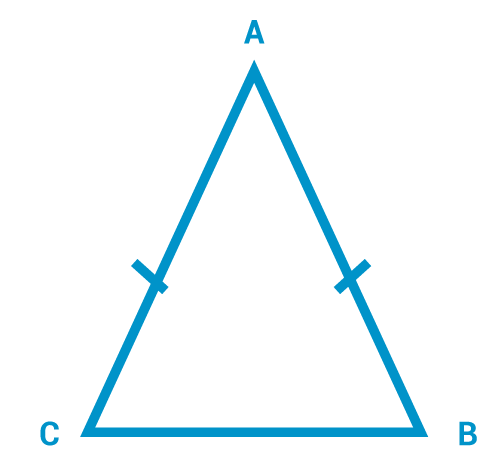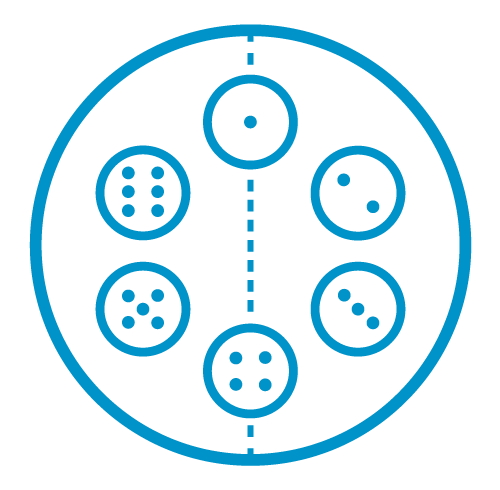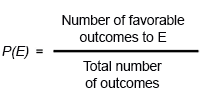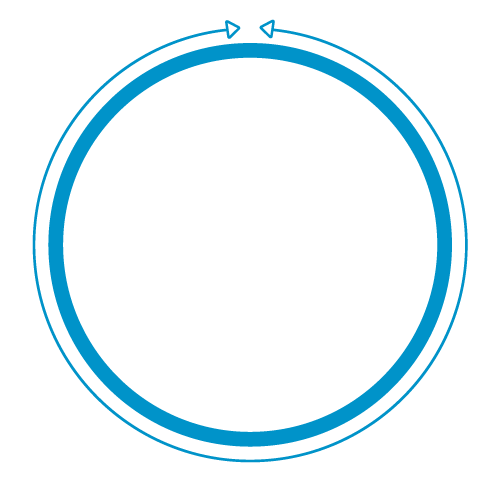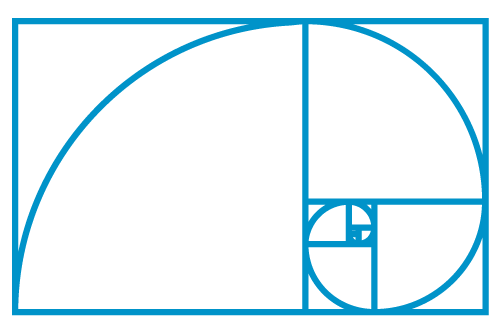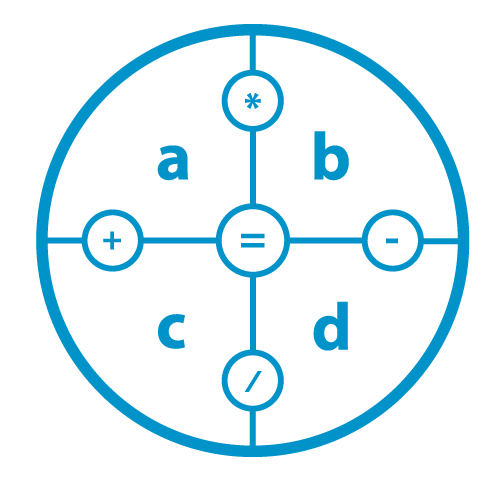
Question 1:
Solve for 'e'.
9e + 4 = 14 + 8e
Answer:
Step 1: We need to manipulate the equation to get e by itself.
9e + 4 = 14 + 8e
Step 2: Subtract 8e from each side.
9e+4−8e = 14+8e−8e
Step 3: Combine like terms.
e + 4 = 14
Step 4: Subtract 4 from each side.
e + 4 - 4 = 14 - 4
Answer: e=10
